Tomatoes are one of the most loved and popular vegetables from grow in the home garden. With their vibrant shades of red, yellow and green, tomatoes are a symbol of summer and an essential ingredient in many delicious dishes. But when is the right time to collect them? And what are the best methods to ensure a successful collection?
Harvesting tomatoes requires some attention to obtain ripe, juicy and tasty fruits. Each tomato variety has its own specific characteristics in terms of ripening time, size and colour. Therefore, it is important to know the exact time to harvest your tomatoes to make the most of their flavor and nutritional value.
In this article, we’ll explore the hallmarks that indicate when tomatoes are ready to harvest, provide helpful harvesting tips, and discuss proper techniques for handling tomatoes without damaging them. Whether you’re passionate about horticulture or are just starting to grow tomatoes in your garden, read on to find out everything there is to know about harvesting!
When are the tomatoes ready to pick?
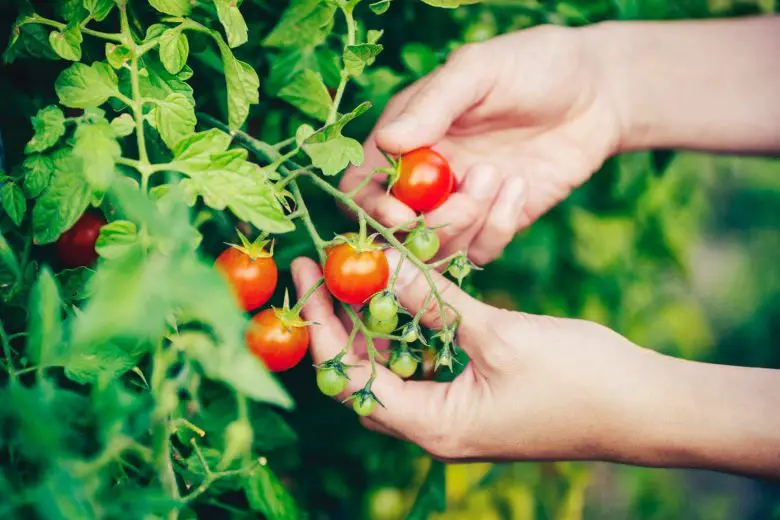
When it comes to determining the best time to pick tomatoes, it’s important to consider several hallmarks that indicate berry ripeness. While tomatoes are generally ready to harvest when they reach full maturity and typical variety color, there are a few considerations to keep in mind.
Most tomato varieties will transition from a green color to a specific ripe color, such as red, the yellow or pink. So carefully observe your tomatoes on the plant and wait for them to reach a uniform but not too intense color over a large part of the surface of the fruit. If you still notice a green hue, it might be best to wait a while before harvesting them.
The texture of the tomato is another important factor to consider. The fruit should be firm enough to the touch, but not overly hard. When you press the tomato gently, it should yield slightly to the pressure without crushing completely. If the tomato is too soft or too firm, it may be late or early to harvest.
Also look at the plants, especially the stem of the tomatoes. When the berries are ready to pick, the stem should look slightly dried out or yellowed. If you notice a sturdy green stem, it may be best to wait a little longer before picking the fruit.
It is important to note that some factors, such as climatic conditions and the specific variety of tomato, can influence the exact moment of harvest. Some varieties can be harvested even before they reach full colour, if the taste and texture are still satisfactory. For example the Belmont tomato rosa can be harvested when it starts to turn pink, even if the color is not completely full and uniform. Conversely, the classic smooth round tomato for salads must be completely intense red in color before it can be harvested.
Do early harvested tomatoes continue to ripen after harvest?
Early-picked tomatoes, while they may continue to ripen after harvest, are unlikely to change color significantly. Once detached from the plant, tomatoes tend to stop the ripening process, especially when it comes to color change.
The color of tomatoes is mainly influenced by the presence of lycopene, a pigment responsible for the deep red. The synthesis of lycopene occurs mainly while the tomato is still attached to the plant, through the process of photosynthesis. After harvesting, the amount of lycopene in the tomato remains relatively stable, and the color does not progress significantly.
However, that doesn’t mean that early-picked tomatoes can’t ripen further in terms of flavor and texture. They can continue to get softer and adopt a more intense sweetness over time. Therefore, if you have harvested slightly unripe tomatoes, you can allow them to complete the ripening process at room temperature and in a cool, dry place (never in the refrigerator), although the color may not change. Keep in mind, that still green tomatoes contain high quantities of alpha-tomatine, i.e. slightly toxic glycoalkaloids and, as such, it is good not to consume in excess.
How ripe should tomato sauces be?
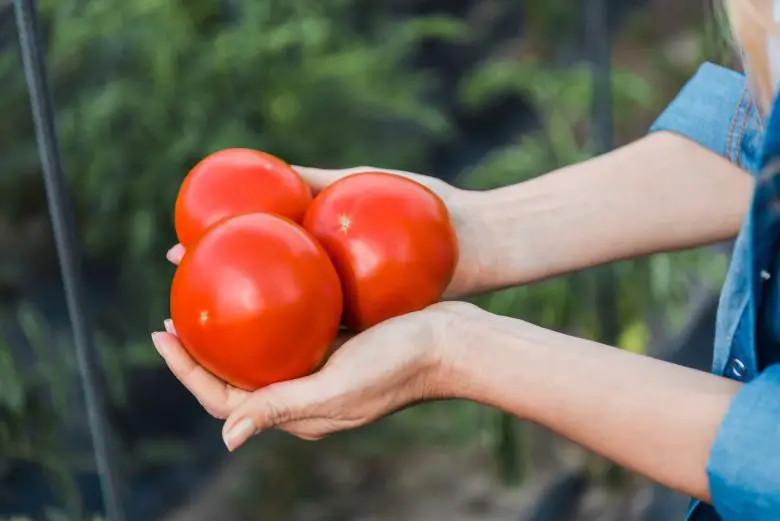
When harvesting tomato for prepare a puree, it is preferable to choose tomatoes that are fully ripe, at the peak of ripeness, but obviously not rotten. The full maturation of the sauce tomatoes guarantees an optimal yield, as well as a high sweetness.
Keep in mind that personal taste can influence the choice of tomatoes for the passata. Some people prefer riper tomatoes for a sweeter purée, while others prefer less-ripe tomatoes for a tarter flavor.
How to harvest vine tomatoes?
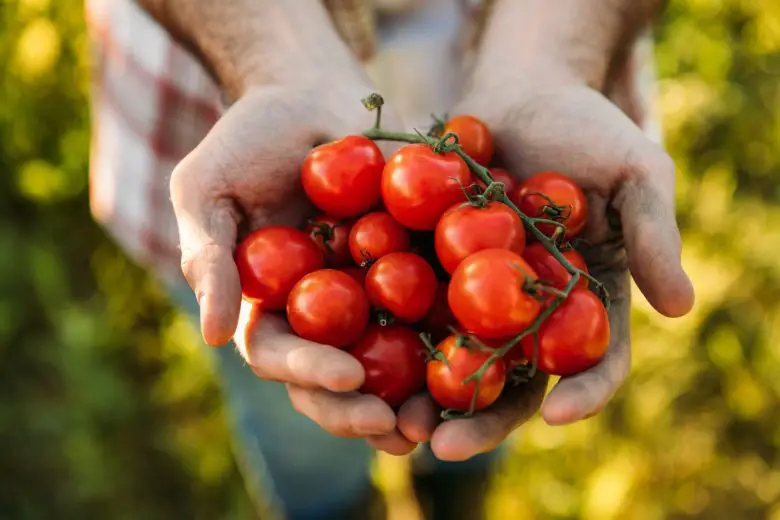
When it comes to picking vine tomatoes, such as cherry or datterino varieties, it’s important to take a careful approach to picking fruit individually, especially when the clump is not uniformly ripe.
Examine the bunch carefully and identify the cherry tomatoes that are already well colored and ready for picking. Look for tomatoes that have reached a uniform color and an adequate texture.
Follow the stem of each cherry tomato in the cluster to where it is attached to the main stage. Once identified, gently peel it off. If the tomatoes in the cluster are ripe in different spots, you may need to peel them off one at a time, making sure you don’t damage any nearby tomatoes or the rest of the cluster.
After harvesting the ripest tomatoes, carefully observe the rest of the bunch to identify the tomatoes that are gradually maturing and plan to harvest for the following days. In fact, you can leave them attached to the plant for a little more time until they reach full maturity.
Is it better to pick tomatoes by hand or with scissors?
To pick the tomatoes, it is generally advisable to use your hands and gently detach them from the branch. However, whether you choose to pick tomatoes freehand or with scissors depends on a few factors.
For harvesting by hand, gently grasp the tomato and apply light pressure on the point of attachment with the branch or rotate it slightly as if you were unscrewing a light bulb. The tomato should come off easily without requiring much effort. Avoid tearing or pulling the tomatoes so as not to damage the whole stage.
If the tomato is left with the stalk attached during harvesting, it can help maintain better preservation of the fruit.
However, in some specific cases, such as when working with particularly delicate or too resistant tomatoes, it may be preferable to use scissors. The scissors in this case can be useful to avoid accidental injuries to the tomatoes or to the plant itself.
If you decide to use scissors to pick tomatoes, make sure thetool is clean and sharp to avoid damage to the fruit. Cut the stalk as close as possible to the point of attachment of the branch without injuring or damaging the tomato itself.

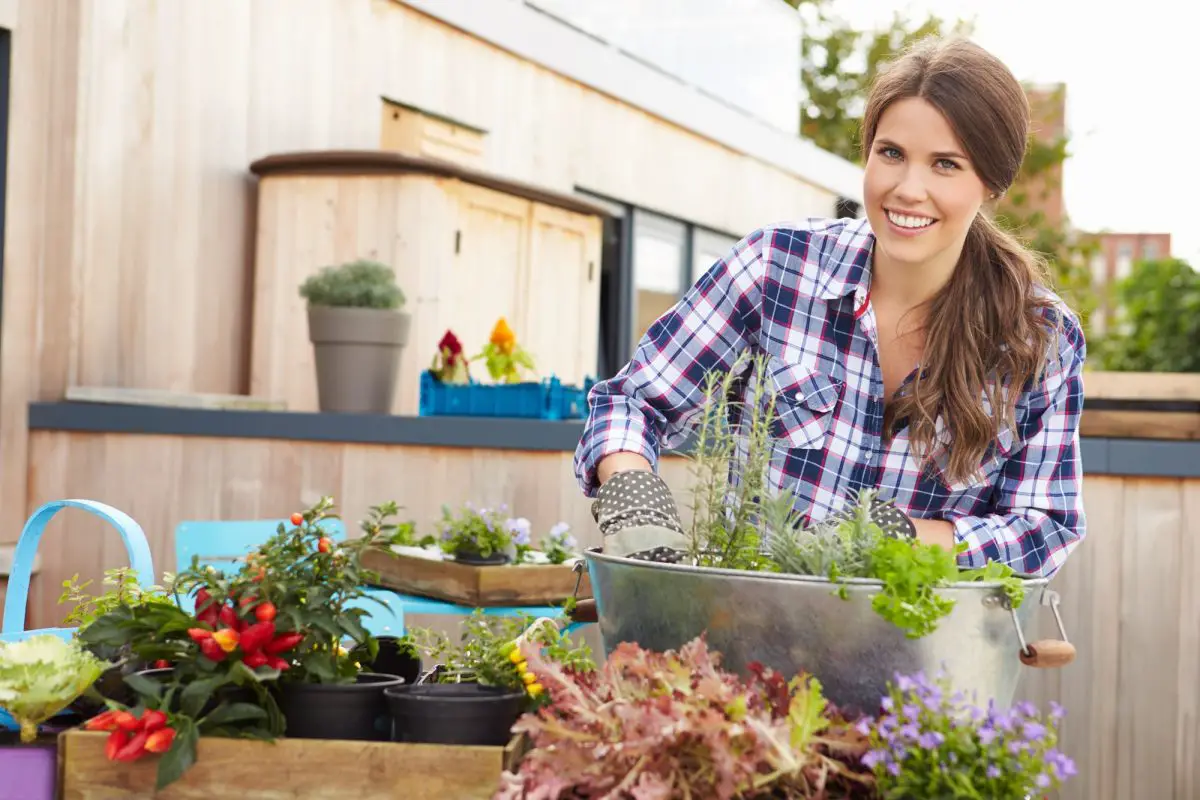
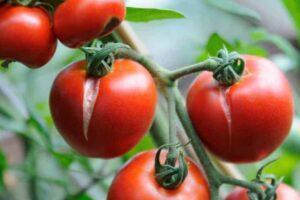
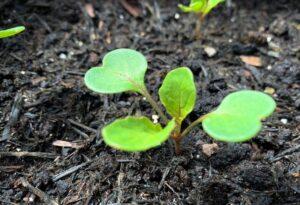
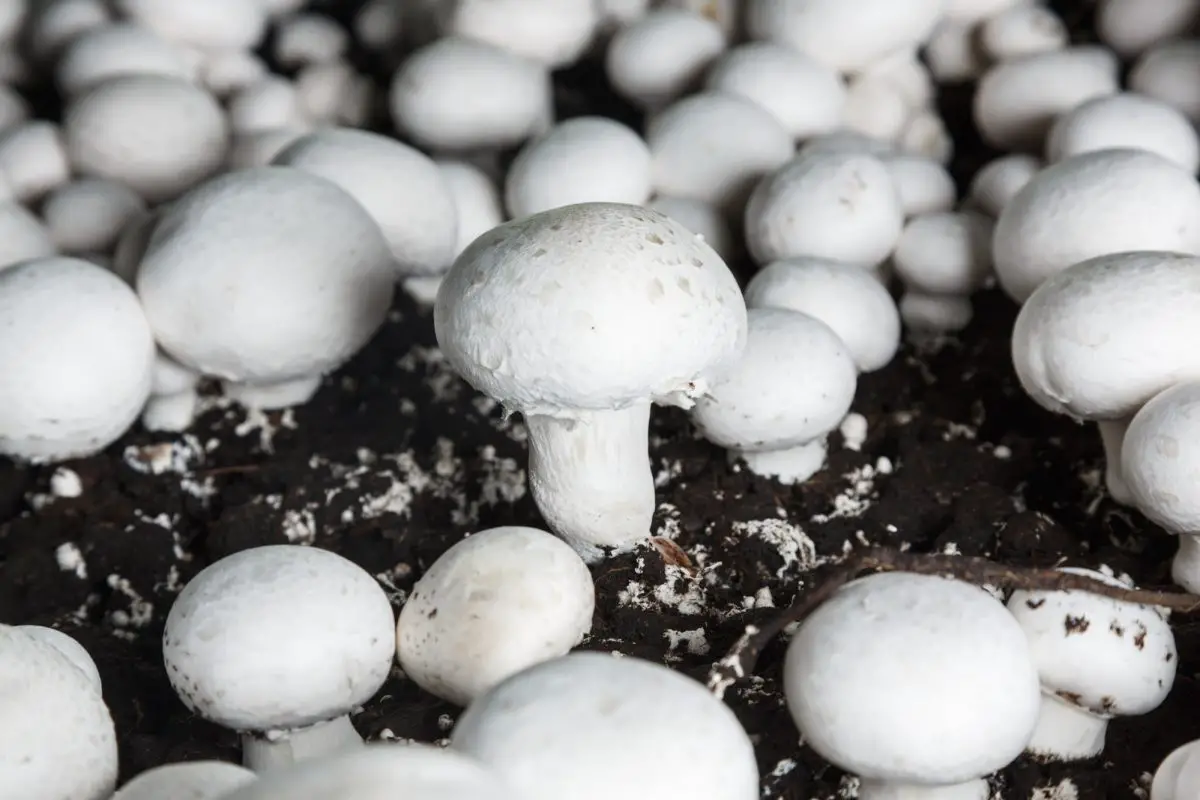
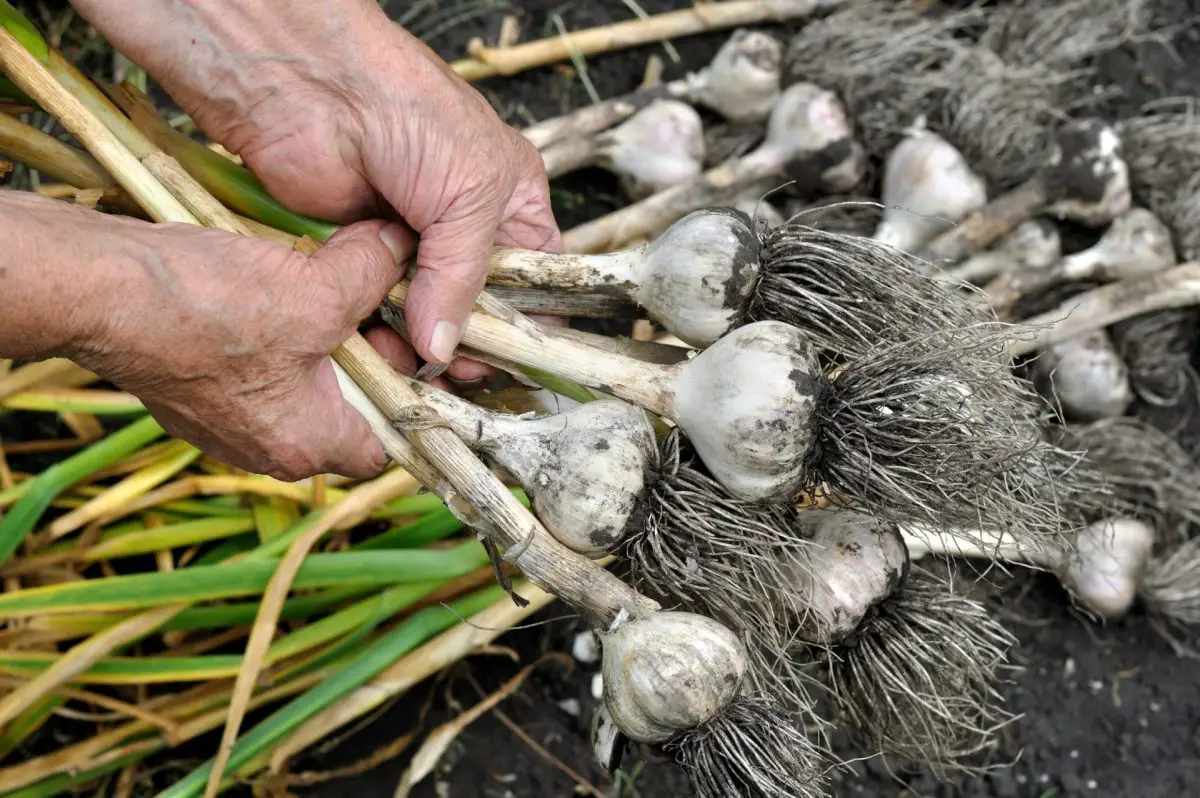
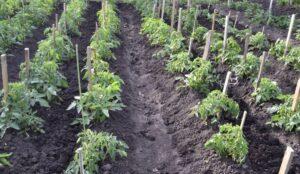
Start a new Thread